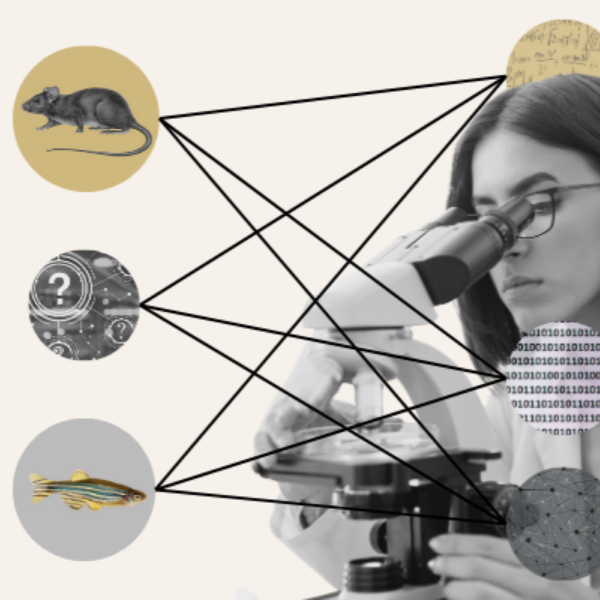Interdisciplinary Project Finds Groundwater Connection with Harmful Algae Blooms
An interdisciplinary research project with two Michigan State University researchers found an answer to the source of troublesome lake algae. It may include colder groundwater that feeds some inland lakes. This finding could help predict the formation of harmful algal blooms (HABs) to mitigate their impact on drinking water, tourism, fishing and fish toxicity.
"I have been monitoring the HABs in Gull Lake in Michigan for many years," said Elena Litchman, an MSU Foundation professor of aquatic ecology at the Kellogg Biological Station and in the Department of Integrative Biology in the College of Natural Science. "We want to understand the processes that lead to HABs."
A lake could have HABs one year and the next year, the lake is clear. The processes that trigger HABs are complex and it has been difficult for researchers to identify a clear answer. Elena collaborated with Phanikumar Mantha, a professor in the Department of Civil and Environmental Engineering in the College of Engineering, combining their expertise in aquatic ecology and hydrological engineering respectively, to create a hydrodynamic model of Gull Lake with the help of Mantha's former graduate student, Ammar Safaie. Their research was published Sept. 1 in the Journal of Geophysical Research: Biogeosciences.
To create the model, Ammar Safaie crisscrossed Gull Lake to measure varying lake depths as part of a bathymetric survey in which sound waves are transmitted from the boat to the lake bottom. Instruments also measured at varying depths, lake temperature, dissolved oxygen, nutrients and phytoplankton. All the data were combined into the model, but one piece was amiss.
"The observed (deep) lake temperatures weren't matching the model's," Mantha said. "The model's temperatures were warmer, and it wasn't making any sense initially." After several months, the research team figured out the missing ingredient to their model was groundwater. Gull Lake is special because it's fed with groundwater that cools deep lake temperatures during summer months that may inhibit bloom formation.
Mantha said, "This is an important finding because groundwater levels are declining worldwide. Less groundwater means that the deep waters in similar inland lakes may warm, triggering the growth of algae at some depths and depleting oxygen at other depths with implications for the survival of cold-water fish species."
This could mean more frequent algae outbreaks in lakes around the world when groundwater is depleted. The team plans to use the model to help predict the chances of HABs in other inland lakes. The research was supported by the grants from the National Science Foundation.



